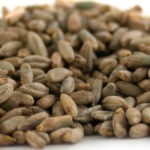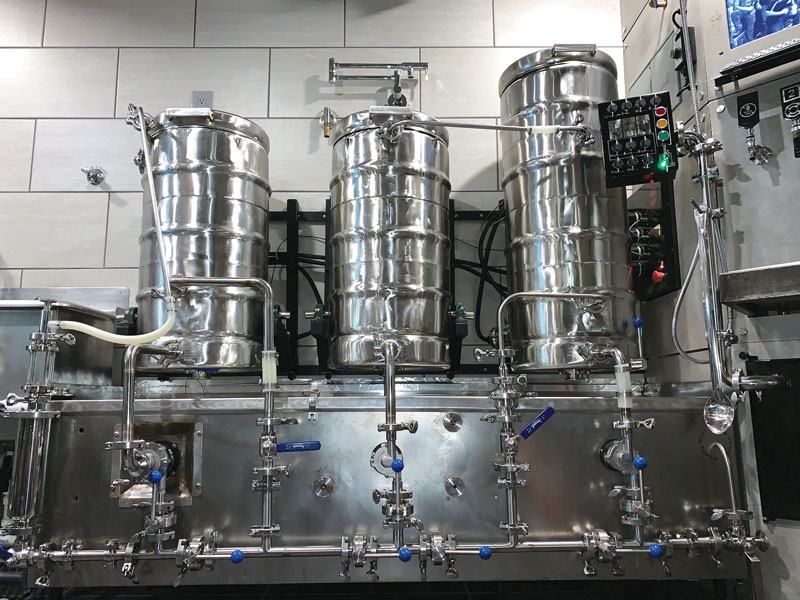Topic: Grains
Using a Malt COA to Brew Better Beer
Your Malt COA is a valuable brewing tool if you know how to use the listed numbers. It can be a roadmap to maximize your malt during a brew day and that
Malt: Beer Ingredient Workshop with Ashton Lewis
Malt is often overshadowed by other brewing ingredients, but it is truly the backbone of beer. Learn how to better use malt in your brewing and how to best brew malt-forward beers
Using Crystal Malt
Crystal malts run the gamut in color and flavors they contribute to a brew. Beyond these positive characteristics, crystal malts enhance a beer’s body and help with foam stability. They do come
Brewing with Rye
Rye is a versatile ingredient that can lend itself to a variety of beer styles. It can bring a pepper/spiciness and earthy flavor to beers, while also contributing positive characteristics from increased
SMaSH Brewing
SMaSH stands for Single Malt and Single Hop recipe design. SMaSH takes the idea of simplicity in brewing to its logical extreme — by limiting the brewer to one malt, one hop
Using Sprouted Grains in Brewing
Sprouted grains have been used for thousands of years for cooking and brewing, with malt being the ultimate sprouted grain product. The history of food and cooking is largely comprised of stories
Brewing With Rye
Rye has a long and storied history in brewing but many brewers shy away from it. Learn some best practices for its use.
The Effects Of Cold-Water Extraction
Homebrewers are always pushing the envelope for cool ideas and this one is certainly doable. Let’s start with a quick review of what happens in a cold mash. When milled grains, be
Evaluating Your Malt
These days hops get the most attention of the major brewing ingredients, but don’t overlook the importance of the backbone – and star depending on the style – of beer: Malt. But
Mastering Milling
Learn how to dial in your grain mill to produce the right kind of grist for your needs and your brewing system. You’ll see the difference between coarse and fine and what
The Dark Side of Malt
Dark, roasted malts contribute color, flavor, head retention qualities, and other benefits. Learn how these malts are made, what types are available and the differences between them, and how to use these malts effectively in your homebrews.
Is There a Difference Between Rolled and Flaked Grains?
Thanks for the great question, Tony! An interesting topic to dive into for sure because there are some real differences among adjunct grains that are invisible to the eye. For starters, the









